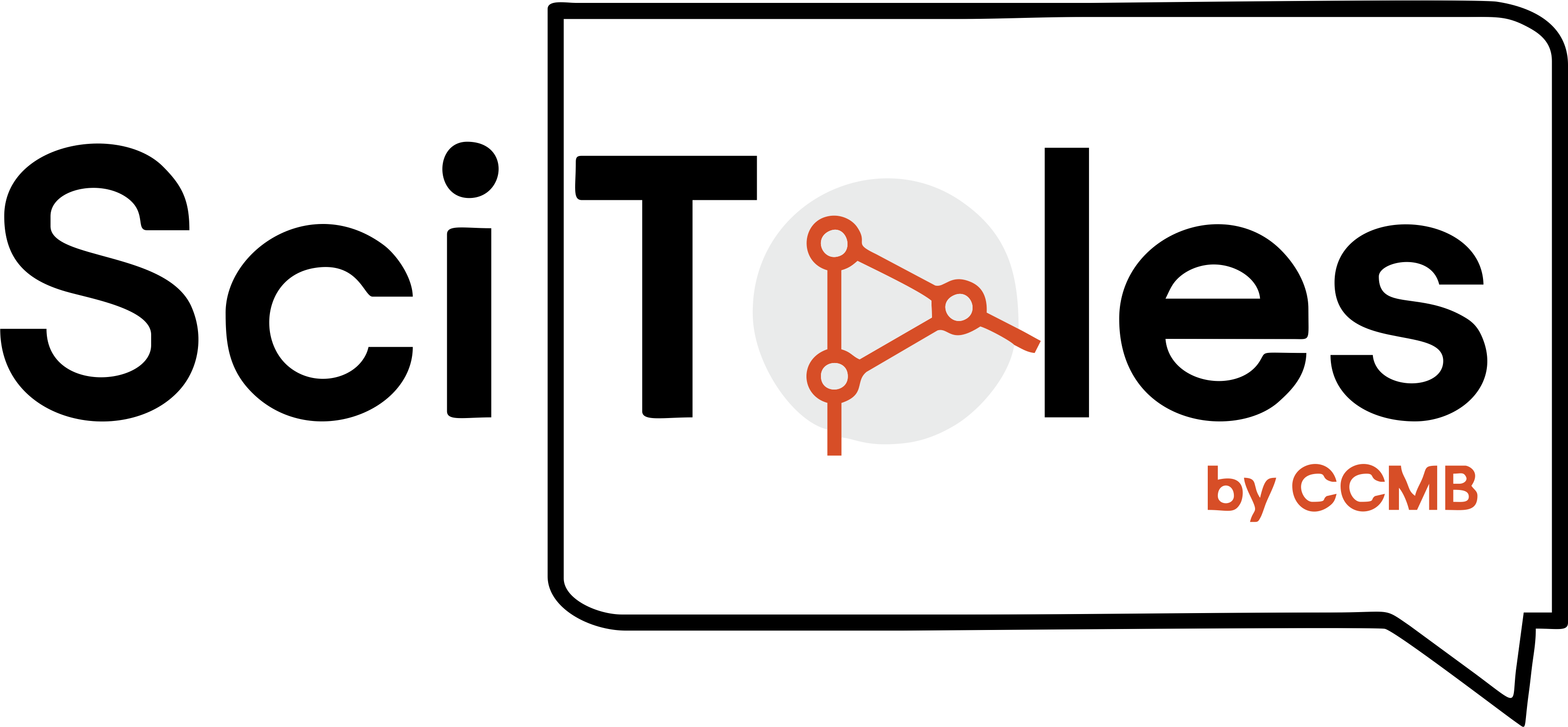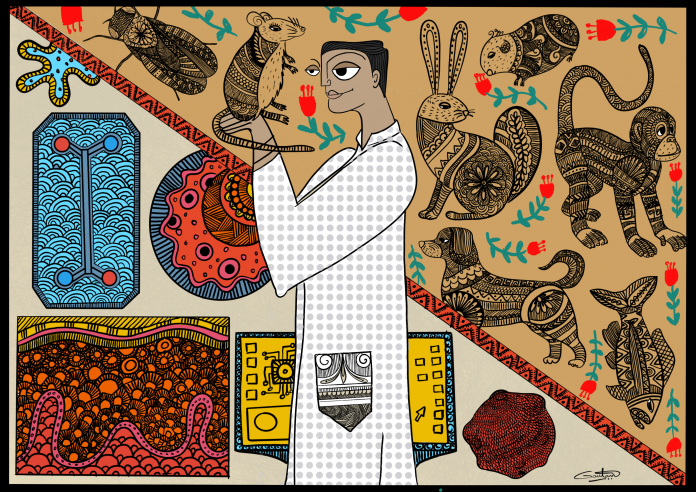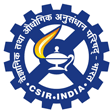Let’s talk about chips. Not potato chips, nor the chocolate ones. Not even the microchips which make up intricate electrical circuitries or work as tracking devices. Instead, entire human organs on chips; a technology which falls under the category of microphysiological systems.
The utility of this technology in biology and health research is immense. The need for the development of human biology-based systems was recognised by multiple stakeholders and from that was born the Centre for Predictive Human Model Systems (CPHMS). It is a joint venture of the Atal Incubation Centre (AIC) at CSIR-Centre for Cellular and Molecular Biology (CCMB) and the Humane Society International, India.
In the five years of its existence, CPHMS has been working towards the development and popularisation of microphysiological systems (MPS) which mimic human biology. Last year, they released a database which is a repository of Indian researchers with expertise in such systems. To understand more about this emerging tech and the need for a database, I spoke with Dr Kasturi Mahadik, who heads CPHMS and Goutami Nayak, who curates the database.
What are microphysiological systems and why are they important/useful?
KM: Microphysiological systems or MPS are emerging miniature (micro) models that replicate the structure and function of human organs or tissues (physiology) in controlled laboratory environments.
Given the recent emergence of MPS, their definition remains fluid and rapidly evolving. And of course, certain models mirror human physiology more accurately than others. We adopt the US FDA’s Alternative Methods Working Group definition of MPS which is an umbrella term for human organs-on-chips, organoids, tissue explants and cells grown in 3D extracellular matrix.
GN: MPS are an important alternative to traditional animal models and human cells grown in dishes. They are helping scientists emulate human biology to the closest extent known, thereby improving human disease modelling, drug development and making personalized medicine a reality!
Finally, by minimizing the number of animals required in biomedical research, MPS are paving the way for more ethical research practices.
Why did you create the MPS database? Who is it intended for?
GN: At the Centre for Predictive Human Model Systems (CPHMS), we champion the adoption of human-relevant MPS models among students, scientists, pharmaceutical personnel, funding agencies and regulators.
Typically, MPS is an interdisciplinary field drawing upon the expertise of cell biologists, tissue engineers, microfabrication experts, computational biologists, toxicologists, and more. Accessing experts across these diverse domains can be a challenge, since they are spread across different institutes, cities or even states.
To address this issue, we developed an open-access MPS database. It is aimed at improving visibility, facilitating access and promoting collaborations with Indian scientists working with organoids, organs-on-chip, disease models and computational biology. The database enumerates the skills and the infrastructure available with these scientists, and the readiness of the technology they have developed, along with their contact information. At present, I curate and manage this venture.
KM: This resource not only benefits students and scientists but can also serve as a valuable tool for Indian funding and regulatory bodies. By providing insights on the growing landscape of MPS in India, the database plays a crucial role in making informed policy decisions and effective funding allocation.
I must acknowledge that the idea for the MPS Database emerged from the insightful discussions during CPHMS’ 2nd Roundtable Meeting and was largely executed by our ex-colleagues Dr Surat Parvatam and Ms Kadambari Patil.
How can this resource be used by students or young researchers interested in learning about organoids and other microphysiological model systems?
GN: I am glad you brought this up. Back in 2021, when I was pursuing my Masters in Ecology, there wasn’t a centralized repository for researchers working with bees or even insects. It took me some time to familiarize myself with the experts in these fields. However, now there’s one for MPS!
More than 50% of our MPS-centric content subscribers are students, so I’m confident they will find the database valuable.
Students can:
• Discover scientists working with MPS across India with just a click. They can stay updated on scientist’s activities by following them on professional platforms like LinkedIn and X. This will enable insights into their latest work, upcoming webinars, as well as any organized workshops.
• Using their contact information, students could reach out to scientists for internships with specific objectives in mind. This applies particularly in summers when Indian institutes open calls for internships.
• If students are already working in any of the MPS fields, they could identify potential collaborators for their ongoing projects.
Have you seen any tangible outcomes from the database in the past year? How are you promoting it among other users?
KM: The field of MPS is still relatively young; however, we’ve witnessed a remarkable increase in the number of scientists working in these areas over the years. The growing registrations on our database serve as a testament to this evolution.
We aspire for the database to evolve into a repository of data generated using MPS, helping this technology transition from the bench to bedside. The ultimate validation would be if Indian funding and regulatory agencies began utilizing the database to design new MPS programs and policies.
Naturally, we can’t stop talking about the database and its intended impact at conferences, webinars, and workshops and on our social media.
GN: Lately, we have been hosting online workshops titled ‘Explore with us!’ for bachelors and masters students immersing them in MPS technologies, one at a time. We leverage our video series ‘Back to the Future!’ and the database which serves as a tangible follow-up facilitating connections with scientists. These workshops have received tremendous response. If you’d like us to conduct a workshop on organoids, organ-on-chip, computational biology, or advanced imaging with your class, please reach out to us at cphms.aic@gmail.com.
With so many new technologies coming up, how do you think a life science research lab would look like in the future?
KM: Undoubtedly, technology is reshaping everyday life, and biology is no exception. Recently, scientists achieved a breakthrough by growing a layer of neurons on a silicon chip (DishBrain) linked to a computer and enabling them to play a game of Pong. Remarkably, the brain cells got increasingly accurate at playing Pong over time. These findings hint at a future where biology may enhance computer training and intelligence, blurring the lines between living and machine components!
The study has led to the development of a term called ‘organoid intelligence (OI)’ that will augment the processing power of human brains grown in a dish (brain organoids) to understand development, disease, infections and even intoxication.
The other change we foresee is in therapeutics testing. Traditionally, after laboratory testing, large numbers of individuals are recruited to evaluate the safety and efficacy of new therapies. However, there’s a growing belief that in-silico trials could revolutionize this process. In this technology, computational biologists construct digital simulations of patient groups, incorporating factors such as age, sex, ethnicity, and the impact of disease on the human body. These advancements promise to significantly reduce the time-to-market and cost of healthcare innovations.
These examples showcase just a glimpse of the remarkable progress in biomedical research, and I genuinely hope they inspire more students to pursue careers in the basic sciences.


